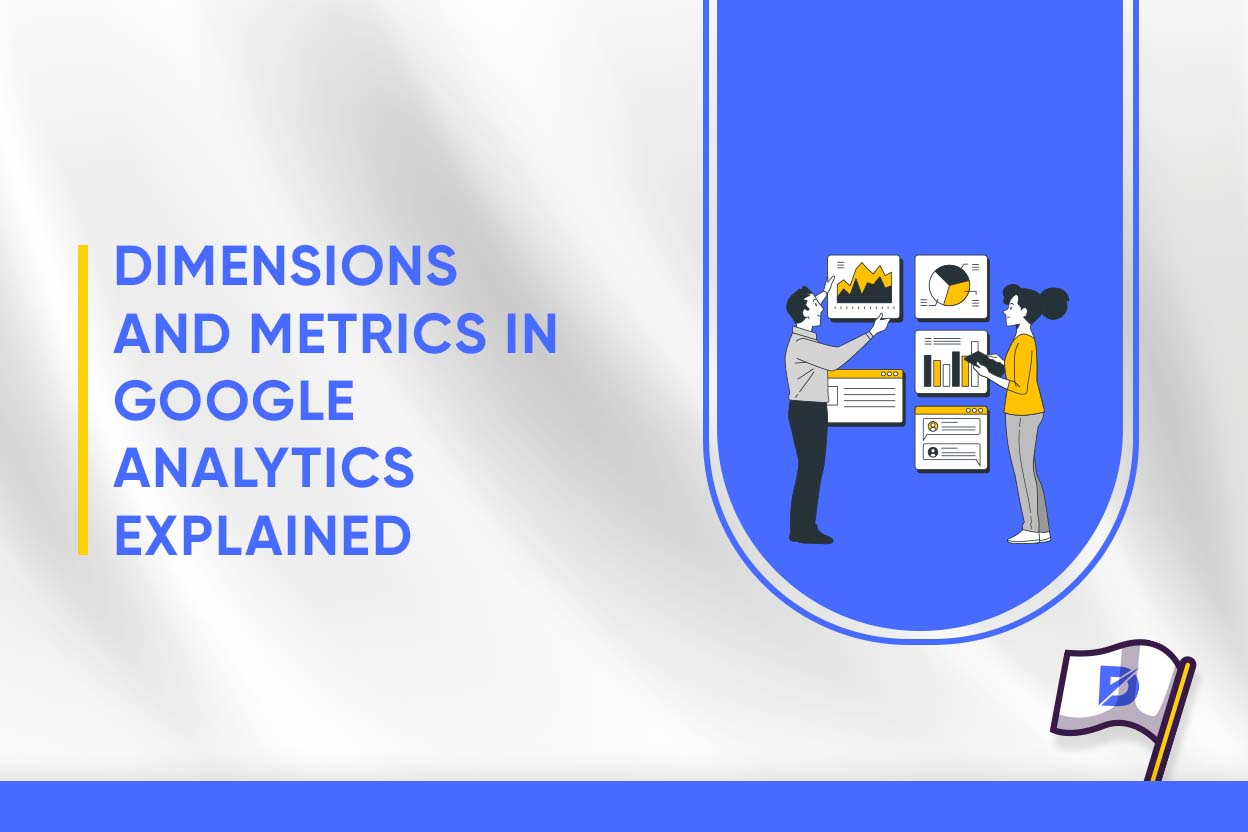Secondary Dimension in Google Analytics: Finest Practices and Tips
Secondary Dimension in Google Analytics: Finest Practices and Tips
Blog Article
Transform Your Analytics Method With Secondary Measurement in Google Analytics
Discovering the potential of second measurements in Google Analytics opens up a world of opportunities for companies looking for to elevate their analytical approach. By integrating secondary measurements right into information evaluation, a new layer of understandings emerges, losing light on intricate customer actions and communications. This innovative degree of examination not just improves advertising approaches yet additionally unwinds concealed possibilities for optimization and development. The tactical application of second dimensions holds the key to opening a treasure chest of indispensable details that can reinvent just how companies act and analyze upon their information.
Recognizing Secondary Measurements in Google Analytics
Secondary dimensions in Google Analytics offer additional context to main data by enabling individuals to assess metrics throughout a second measurement, offering much deeper understandings into user actions and interactions on a web site. Secondary Dimension in Google Analytics. While main dimensions supply basic information points such as pageviews, bounce price, and session duration, secondary dimensions provide an even more detailed sight by segmenting the primary information better. This segmentation enables users to evaluate metrics in combination with an additional measurement, such as web traffic sources, demographics, or individual behavior
Benefits of Making Use Of Second Dimensions
Using secondary dimensions in Google Analytics provides a strategic advantage by enhancing the depth of analysis and offering a more extensive understanding of user interactions and behavior on a website. By integrating secondary measurements, analysts can gain useful insights into the performance of details sections or variables within their data. This enables a much more thorough examination of user habits past surface-level metrics, enabling a much deeper exploration of the elements influencing user engagement and conversions.

Exactly How to Apply Secondary Measurements
When integrating secondary measurements in Google Analytics, one necessary action is to select the pertinent metrics and measurements to improve the analysis process. Clicking on this switch will open up a drop-down menu listing various measurements that can be added to your main measurement for deeper insights.
After selecting the appropriate additional measurement, such as 'Source/Medium' or 'Device Category,' Google Analytics will certainly show the data in a much more detailed format, permitting you to cross-analyze different elements of customer behavior. Remember to explore various mixes of additional and main dimensions to discover important patterns and fads that can notify your advertising and marketing strategies. By carrying out additional dimensions thoughtfully, you can get a much more detailed understanding of your website or app performance and make data-driven choices to optimize your electronic visibility.
Analyzing Data With Second Measurements
Improve your information analysis in Google Analytics by integrating secondary measurements to dive deeper into customer habits patterns and enhance your electronic advertising techniques effectively - Secondary Dimension in Google Analytics. By adding secondary dimensions to your key data, you can acquire important insights that can assist you make educated choices regarding your website or application efficiency
Assessing information with additional dimensions enables you to segment your main data better, supplying a more thorough sight of check my source individual interactions. Combining the primary dimension of 'source/medium' with a second measurement like 'touchdown page' can expose which specific web pages are driving traffic from various sources. This details can be critical in refining your material strategy or optimizing your marketing campaign to enhance conversions.
In addition, utilizing second measurements enables you to recognize connections in between different metrics, assisting you recognize the influence of numerous variables on individual actions. Whether it's assessing demographics along with user interaction metrics or tool groups with conversion prices, second measurements empower you to discover concealed patterns and patterns that can guide your advertising initiatives.
Maximizing Efficiency With Additional Dimensions
To enhance the effectiveness of data analysis and decision-making in Google Analytics, incorporating secondary dimensions is crucial to maximizing efficiency metrics and gaining much deeper understandings into customer habits patterns. By utilizing additional dimensions, analysts can dig beyond surface-level data and discover beneficial connections that may otherwise go undetected. This optimization technique makes it possible for businesses to tailor their advertising and marketing efforts a lot more effectively, identify locations for enhancement in website use, and improve general user experience.
Second dimensions supply a more thorough view of user interactions by supplying additional context to primary data metrics. As an example, combining the main measurement of 'touchdown web page' with a secondary dimension like 'gadget category' can disclose whether particular gadgets are most likely to drive involvement on certain touchdown pages. This insight can educate receptive layout renovations or targeted advertising approaches to boost efficiency.

Final Thought
In verdict, the integration of secondary measurements in Google Analytics provides businesses with an effective tool to improve their analytics technique. Secondary Dimension in Google Analytics. By delving deeper into user actions and communications, marketing professionals can discover important understandings that can drive efficiency optimization and enhance weblink the general customer experience. Leveraging secondary dimensions permits a more thorough evaluation of data, bring about more enlightened decision-making and customized advertising initiatives
Secondary dimensions in Google Analytics offer added context to primary information by allowing customers to assess metrics throughout a second measurement, providing deeper understandings right into user habits and interactions on a web site. While key dimensions supply fundamental data factors such as pageviews, bounce rate, and session duration, second dimensions supply an even more detailed sight by segmenting the main information even more.One of the key advantages of using secondary measurements is the capacity to reveal correlations and patterns that might not be quickly obvious when analyzing data Go Here with main measurements alone.When incorporating second dimensions in Google Analytics, one essential action is to pick the relevant metrics and dimensions to improve the analysis procedure. Matching the main measurement of 'touchdown page' with an additional dimension like 'tool category' can disclose whether certain gadgets are more likely to drive engagement on particular landing pages.
Report this page